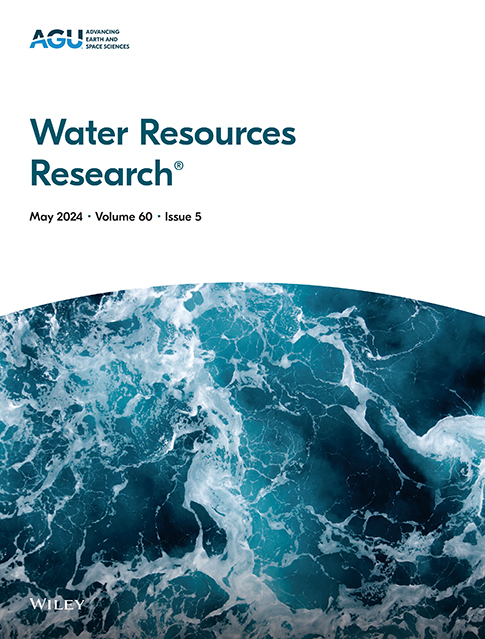The Exacerbating Effect Mechanism of Tidal Jacking on Waterlogging Hazards in Coastal Cities
IF 4.6
1区 地球科学
Q2 ENVIRONMENTAL SCIENCES
引用次数: 0
Abstract
The tidal jacking effect is a crucial factor exacerbating waterlogging in coastal cities, but its mechanism is complex and difficult to quantify. In this study, a comprehensive framework is established to explore how tidal jacking exacerbates waterlogging. The framework includes three components: hydrodynamic simulations of urban waterlogging combing rainfall and tide levels, analysis of the drainage system to reveal how tidal jacking impedes water flow and exacerbates waterlogging, and quantification of changes in flooded buildings to assess the impact of waterlogging hazards. Taking the Liede River Basin in Guangzhou, China, as a case study, the results show that tide levels intensify waterlogging through a series of cascading processes: jacking of drainage outfalls, impeded pipeline drainage, pipe overflow, and eventually surface waterlogging. When the drainage system encounters tidal jacking, the number and duration of jacked outfalls increase, extending the duration of full pipes. This leads to a 9%–43% increase in pipe overflow and a 4%–27% expansion of the waterlogging area. River overflow exceeds pipe overflow under tidal jacking. Tidal jacking changes the proportion of areas with different waterlogging risk levels, concentrating higher risk downstream. Tidal jacking also causes differential increase in losses among different building types. This study provides essential insights into how tide level exacerbates waterlogging and offers crucial evidence for mitigating waterlogging hazards.求助全文
约1分钟内获得全文
求助全文
来源期刊

Water Resources Research
环境科学-湖沼学
CiteScore
8.80
自引率
13.00%
发文量
599
审稿时长
3.5 months
期刊介绍:
Water Resources Research (WRR) is an interdisciplinary journal that focuses on hydrology and water resources. It publishes original research in the natural and social sciences of water. It emphasizes the role of water in the Earth system, including physical, chemical, biological, and ecological processes in water resources research and management, including social, policy, and public health implications. It encompasses observational, experimental, theoretical, analytical, numerical, and data-driven approaches that advance the science of water and its management. Submissions are evaluated for their novelty, accuracy, significance, and broader implications of the findings.
 求助内容:
求助内容: 应助结果提醒方式:
应助结果提醒方式:


